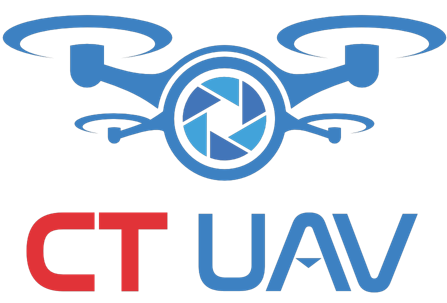The skepticism surrounding CT Group’s export order of 5,000 UAVs to South Korea, according to Chairman Tran Kim Chung, is also a source of motivation for scientific researchers.
On August 12, CT Group drew attention when it signed a contract to export unmanned cargo aircraft (UAVs) to South Korea. These are heavy-duty UAVs with payloads ranging from 60 to 300 kilograms, manufactured by CT UAV, a subsidiary of CT Group.
CT Group was founded in 1992, starting with trade, manufacturing, and real estate before moving into high technology. Chairman Tran Kim Chung spoke with VnExpress about the company’s 10-year journey in UAV research and its ambition to bring Vietnamese technology products to the global stage.
– What would you say to those who doubt CT Group’s mastery of core UAV technologies?
– Such doubts are understandable. This is the first time we are exporting UAVs, so it is natural that many people are skeptical. I believe it is a normal reaction. Once the first orders are delivered, those doubts will gradually fade.
I also view this skepticism in a positive light. Science needs doubt as a driving force for further discovery. The important thing is that doubt must come from a constructive spirit, not ill will. UAVs are still a very young industry in Vietnam and require support from both the government and the community.
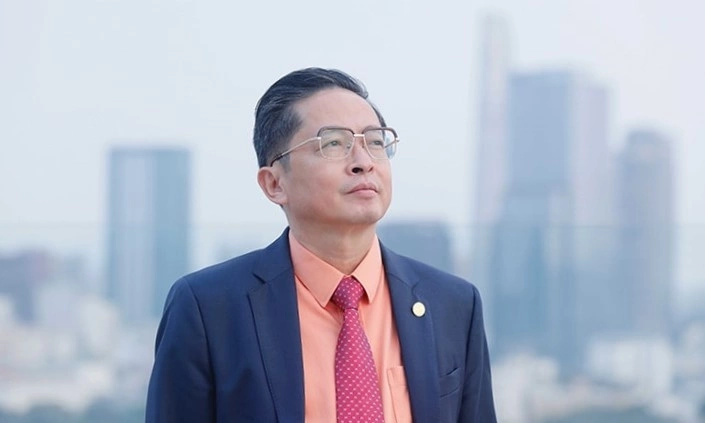
Chairman of CT Group Tran Kim Chung. Photo: NVCC
On the other hand, we have also received many messages of encouragement, with some people even creating videos to cheer us on. Over the past 10 years developing UAVs, we have endured countless difficulties and losses, along with sweat and tears. That is why, when receiving encouragement from the community and from partners at Vietnam National University Ho Chi Minh City and Ho Chi Minh City University of Technology, we feel deeply moved, as if new strength has been given to us.
If you want to understand us, ask them directly. Ordinary people without technical knowledge often rely on speculation, but experts will provide clear answers.
– In Vietnam, CT Group is still a relatively unfamiliar name in the technology sector. When did the company begin shifting its focus toward technology products?
– In 2022, on the occasion of our 30th anniversary, we announced a new strategy for the next 30 years, setting a direction centered on technology. Specifically, we identified nine high-tech sectors as our core focus: semiconductors, AI, unmanned aerial vehicles, green digital currency, carbon credit exchanges, zero-emission modular housing, electric cars and railways, quantum computing, new energy, genetics and cell technology, and digital twins. Before that, we had spent several years quietly preparing for this transition.
Scientific and technical work is very different from consumer goods—experiments are often conducted quietly—so not many people knew that CT Group had been researching and developing in nine high-tech fields until the UAV export product came to light.
The reason behind our transition to technology stems from our early recognition of Industry 4.0. Since the 2000s, I saw that this revolution would differ from previous industrial revolutions. Any nation that fails to keep pace will remain dependent, while those who move quickly will rise strongly. I shared this viewpoint in many lectures at universities. This transition is not a trend-following move, but a long-term strategic vision.
Currently, CT Group operates across 12 business areas, including nine high-tech industries and three traditional ones: smart urban development; infrastructure (transportation, engineering, socio-economics, and green logistics); and clean food and healthcare. These traditional sectors act as a “foundation” for stability. This year, we will begin generating revenue from high-tech products, and next year we expect growth.
– How has the company researched and developed UAVs? What is the current scale and production capacity of CT UAV?
– We began researching UAVs in 2016 and failed twice. The first time was when we co-founded Dr One with a partner specializing in agricultural UAVs. We wanted to focus on in-depth research, while they leaned toward distribution, so we could not find common ground.
After that, we established CT Air UAV with another partner, with a clearer focus on research. Both sides tried to enter the Middle Eastern market but faced difficulties because our research speed could not keep up with the market’s demanding requirements.
From those two failures, we learned many lessons and persisted. Today, CT UAV has achieved rapid R&D speed, keeping up with market trends.
We currently operate five UAV factories and are preparing to build a Space Center in Ho Chi Minh City, with capacity for 10,000 engineers to conduct research and experiments in space economy technologies. In addition, another UAV factory in Tay Ninh is awaiting implementation.
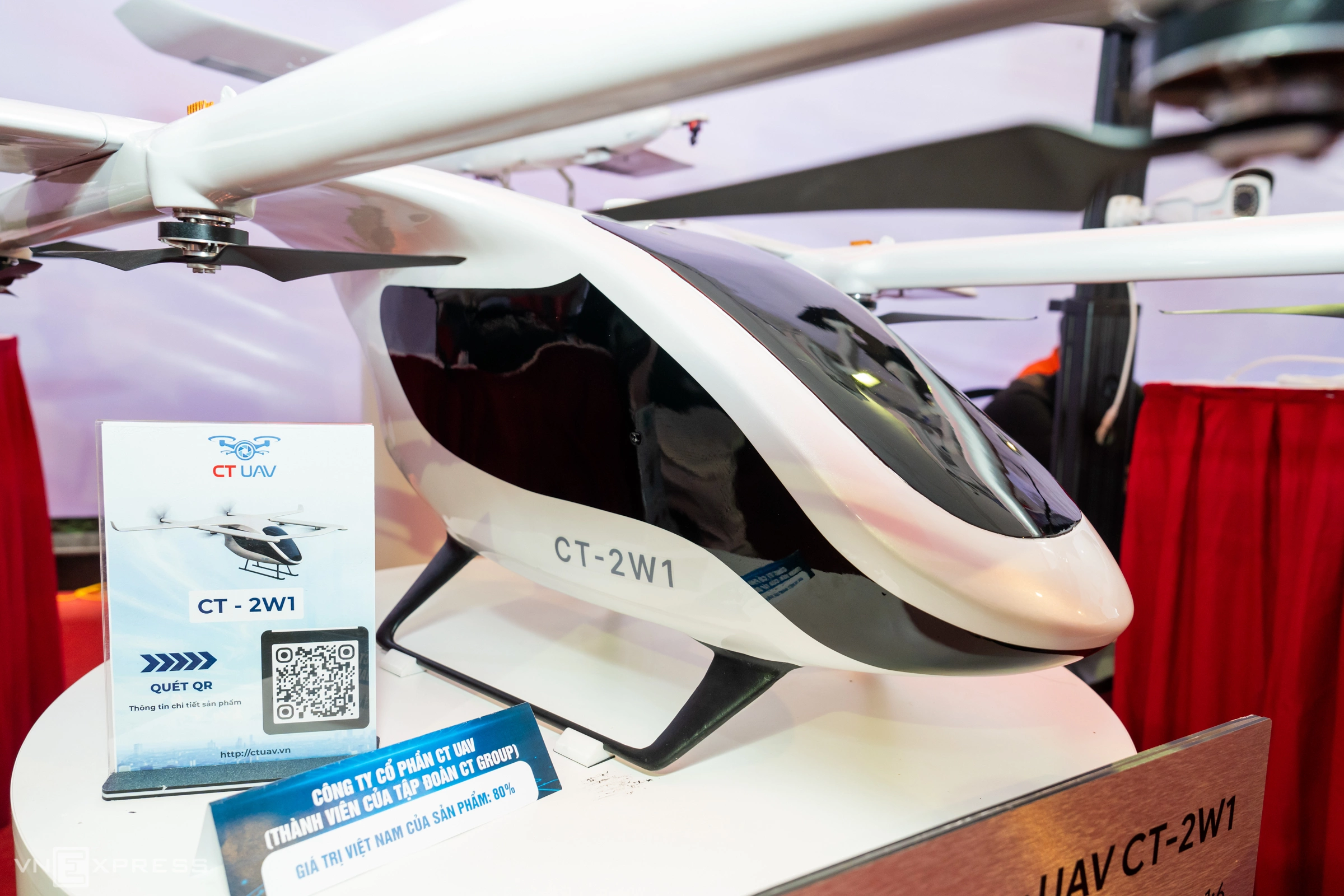
The CT-2W1 model, a passenger UAV developed by CT Group, displayed at the 1st Congress of the Party Committee of the Ministry of Science and Technology on August 16, at a 1:6 scale compared to its actual size. Photo: Dinh Tung
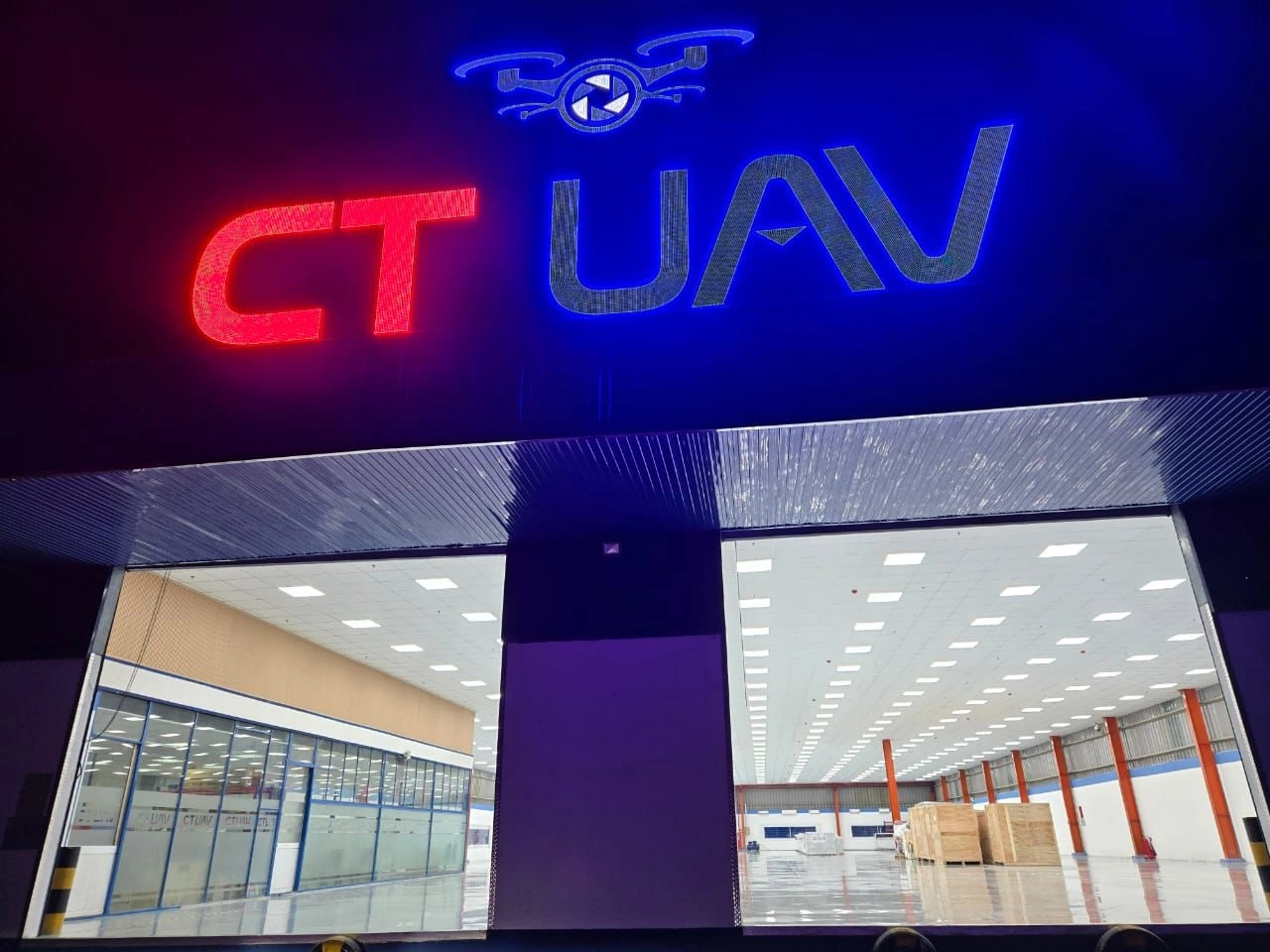
CT UAV factory in Binh Hoa, Ho Chi Minh City.
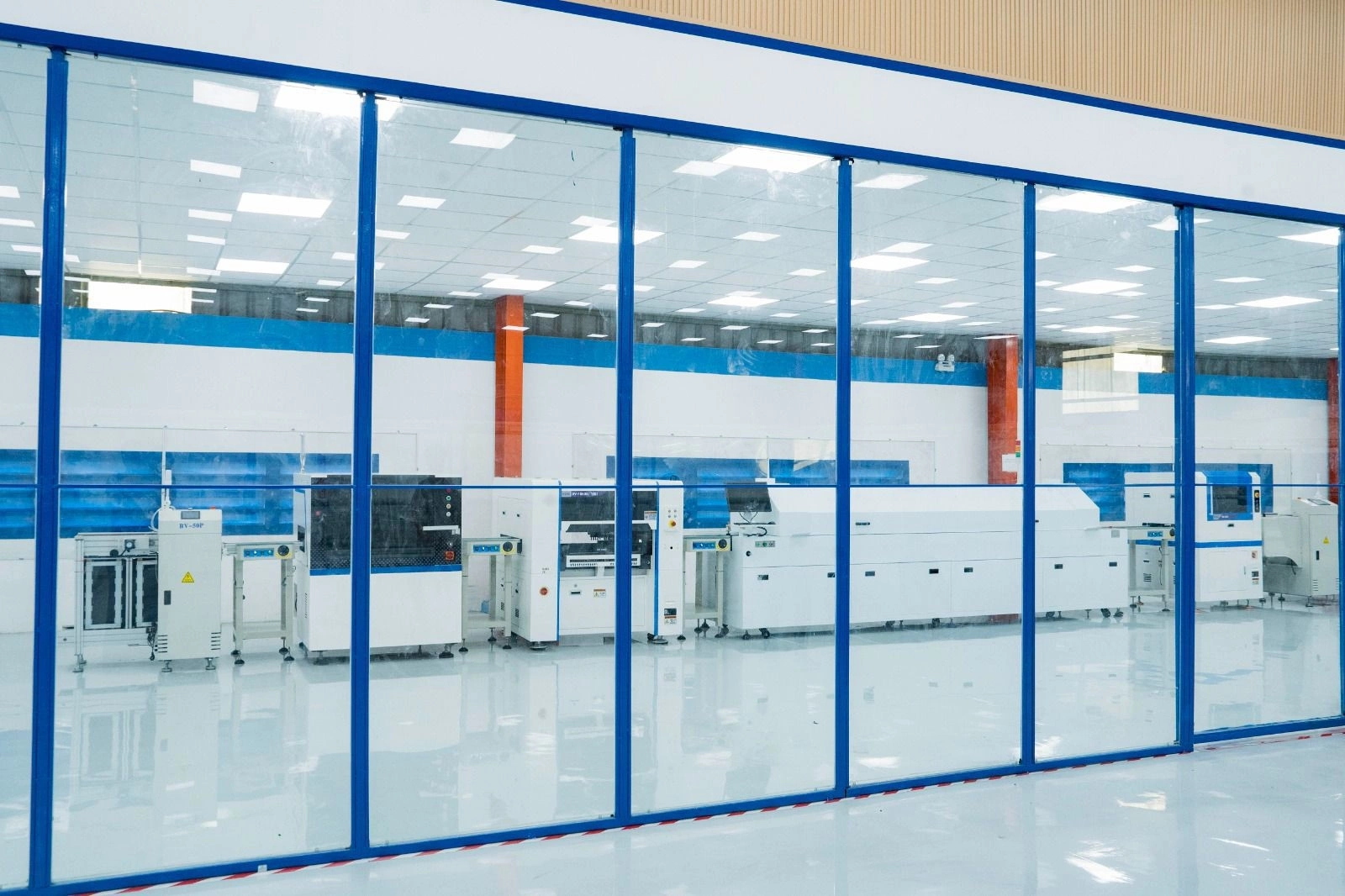
CT UAV factory in Binh Hoa, Ho Chi Minh City.
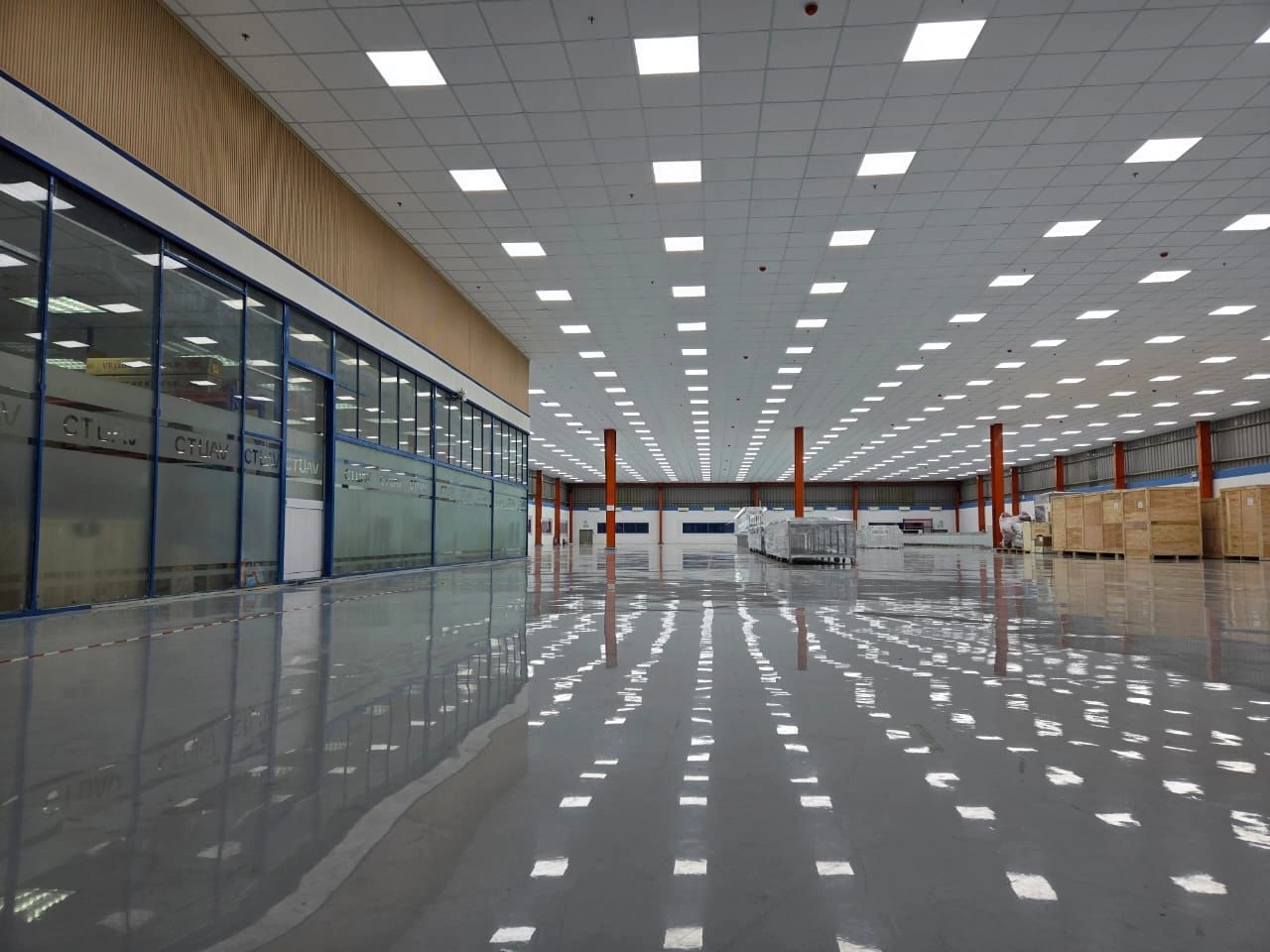
CT UAV factory in Binh Hoa, Ho Chi Minh City.
– Could you elaborate on the export contract of 5,000 UAVs to South Korea?
– We signed the UAV export order with Airbility of South Korea. This is a company with strong technical expertise, a team of highly experienced specialists who previously worked in major corporations and government agencies, and solid financial backing from investment funds.
Globally, many companies focus on design rather than building factories, since technology changes daily and investing in factories is risky. Airbility follows the same approach. They focus only on design and innovation. They came to CT UAV because of our manufacturing capacity, laboratory systems both in Vietnam and abroad, and our fast R&D ability—turning ideas and designs into products in a short time.
When working with them, we saw the potential and professionalism of Airbility. They have sufficient financial capacity to ensure payment for the order. I believe this cooperation model is feasible and will open a path for long-term development.
We are about halfway through the process. At the earliest, by October, the two sides will finalize the prototype. After that, depending on complexity, production and delivery will take six to nine months. If all goes smoothly, by 2026 we will complete delivery of 5,000 UAVs to South Korea.
– In this order, the company mentioned an 85% localization rate. How should this figure be understood?
– We have mastered six core technologies essential for UAV development, including: circuit design and manufacturing; composite technology for aircraft fuselage molding; flight control systems; telecommunications technology for signal and image transmission; gimbal stabilization technology; and finally, battery technology.
We control 85% to 90% of UAV production technologies, with 16 product lines mainly serving economic development. The remaining gap lies in battery cells, in which we have not invested heavily because the technology evolves quickly and supply is readily available on the market.
Beyond UAVs, CT Group also possesses chip design capabilities—something rare among UAV companies worldwide. We also operate an AI company, forming an ecosystem where different technological sectors support each other.
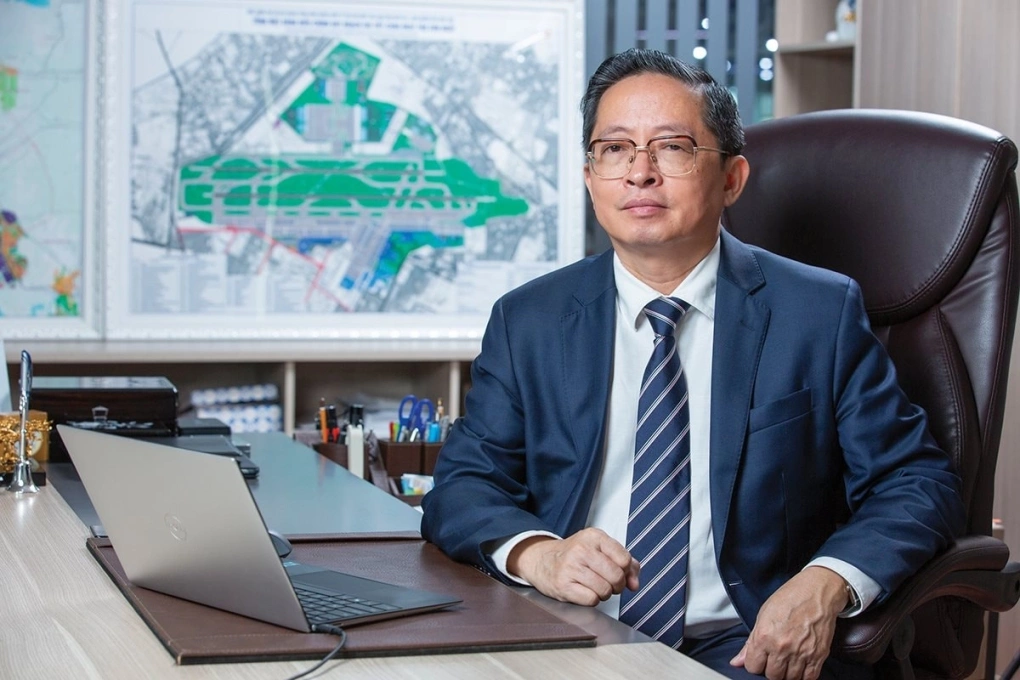
In addition to being an entrepreneur, I currently serve as a member of the Scientific Council at the University of Economics Ho Chi Minh City. Photo: NVCC
– After South Korea, which markets will be next for CT Group’s UAVs?
– We are currently negotiating 10 orders in various countries. All of our UAV buyers come from markets with long-term growth potential. We do not sell UAVs to countries involved in war or with political risks.
This week, we may sign a framework agreement with a partner in Indonesia. Many European and North American customers have also shown interest, with the requirement that UAVs not contain Chinese components. We can meet this requirement thanks to our mastery of core technologies, provided we can also satisfy their conditions on price and delivery time.
– With 10 years in the field, how do you view the Vietnamese UAV market?
– Vietnam is still a new market for UAVs, with relatively few companies. Only a handful have products competitive enough for the international market; most are focused on importing and distributing.
Vietnam primarily consumes UAVs for agriculture, with the main markets in the Mekong Delta and the Central Highlands. Some industries have started using UAVs for industrial purposes, but only on a small scale. Currently, Vietnam faces challenges such as regulatory procedures. If the UAV market is to thrive, institutional barriers must first be removed.
Meanwhile, the global UAV market is growing rapidly. In China alone, the low-altitude space economy was valued at USD 65 billion in 2023 and is expected to reach USD 500 billion this year.
On a global scale, ongoing trade conflicts between major powers are creating opportunities for Vietnamese UAV companies.
| Mr. Trần Kim Chung, born in 1967, is a senior expert in economics and technology. He graduated with a bachelor’s degree in foreign trade from the University of Economics Ho Chi Minh City. He is a member of the Advisory Council under the Central Steering Committee for the Development of Science, Technology, Innovation, and Digital Transformation. He was awarded the Third-Class Labor Medal in 2012 and the Second-Class Labor Medal in 2022.
In 1992, he founded CT Co., Ltd., a multi-sector business engaged in the production and export of coir nets and rice, as well as the import and distribution of construction machinery and fast-moving consumer goods, which later became the predecessor of CT Group. Today, CT Group consists of 68 member companies, operating in 12 countries and across 12 industries, including 9 high-tech sectors and 3 traditional sectors. Mr. Chung serves as Chairman and concurrently General Director of the Group. |
